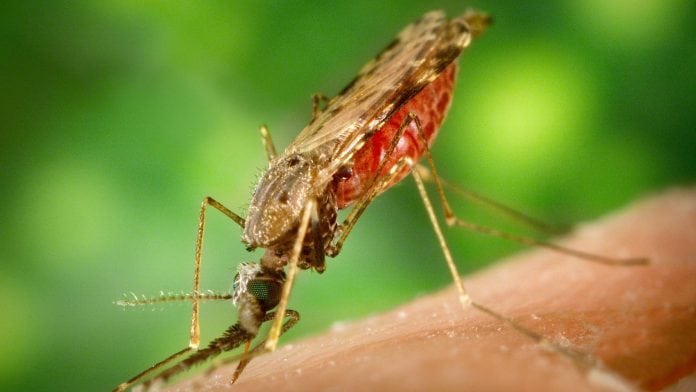
Combining two experimental diverse malaria vaccines can significantly reduce the number of malaria infections in animal studies, a new study from Imperial College London, UK, suggests.
The experimental malaria vaccines, which achieve 48% and 68% reductions in malaria cases, can result in a 91% reduction when combined.
Current efforts have been focused on each vaccine being tested separately and are at different stages in human trials. The team led by Imperial College London has now used two types of vaccines and combined them together.
What two malaria vaccines were combined?
Using mice, the research team tested two types of vaccines:
- Transmission-blocking vaccines (TBVs) – Those that prevent mosquitoes from transferring the parasites; and
- Pre-erythrocytic vaccines (PEVs) – Those that prevent the parasite from infecting the liver.
Dr Andrew Blagborough, lead researcher on the study from the Department of Life Sciences at Imperial College London, said: “This is the first direct evidence that combining vaccines of different types significantly improves their efficacy in terms of reducing malarial burden.
“Reaching a potential 91% reduction in cases would have a huge impact on public health because the vaccines could be effective in areas where malaria is more prevalent.”
What are the current malaria vaccines?
RTS is the world’s first PEV malaria vaccine providing partial protection against malaria in young children by blocking infection of the liver. However, the efficacy is under 50%.
Currently, in early trials, there are several types of transmission-blocking vaccines, which are believed to reduce the number of parasites in the mosquito salivary glands. They have an efficacy ranging from around 50-95%.
The research team has found that combining any two types of vaccines improved the efficiency of reduction more than might be expected from the single efficacy of each vaccine separately.
Optimising strategies for malaria prevention
Dr Morven Roberts, programme manager for parasites and neglected tropical diseases at the MRC, said: “While these findings are in the preliminary stages, they’re valuable as they shed light on optimising strategies for preventing malaria.
“Learning that combining vaccines can dramatically boost efficacy in mice provides another potential tactic for controlling this disease. This is timely research as global health officials work towards WHO targets to eliminate malaria by 2030.”
He added: “We plan to use a combination of rodent experiments and computer modelling to help us estimate effectiveness requirements for future vaccines.”
























